Invented by Yung-Hsiang Kao, Michael W. Laird, Melody Trexler Schmidt, Rita L. Wong, Daniel P. Hewitt, Genentech Inc
Disulfide bonds play a crucial role in the stability and functionality of proteins. However, during the production of recombinant polypeptides, the formation of incorrect disulfide bonds can lead to protein misfolding, aggregation, and reduced biological activity. This can significantly impact the quality and efficacy of the final product.
To address this issue, various prevention and reduction strategies have been developed. These strategies involve the use of reducing agents, chaperones, and optimization of process conditions to minimize the formation of incorrect disulfide bonds and promote the formation of native, biologically active proteins.
The market for prevention and reduction of disulfide bonds during recombinant polypeptide production is driven by several factors. Firstly, the increasing demand for recombinant proteins for therapeutic purposes is a major driver. Recombinant proteins are widely used in the development of biologic drugs for the treatment of various diseases such as cancer, diabetes, and autoimmune disorders. The quality and efficacy of these drugs depend on the correct folding and formation of disulfide bonds in the recombinant protein.
Secondly, the growing biotechnology industry is fueling the demand for recombinant proteins. Recombinant proteins are used in various biotechnological applications such as diagnostics, research, and development of new drugs. The market for prevention and reduction of disulfide bonds is driven by the need to ensure the production of high-quality recombinant proteins for these applications.
Furthermore, advancements in protein engineering and bioprocessing technologies are driving the market growth. Researchers and manufacturers are constantly developing new methods and technologies to improve the production of recombinant proteins and prevent the formation of incorrect disulfide bonds. This includes the use of novel reducing agents, chaperones, and optimization of process parameters such as temperature, pH, and oxygen levels.
The market for prevention and reduction of disulfide bonds during recombinant polypeptide production is highly competitive, with several key players offering a wide range of products and services. These players include biotechnology companies, contract research organizations, and academic institutions. They provide various solutions such as recombinant protein expression systems, purification technologies, and analytical methods for assessing the quality and integrity of recombinant proteins.
In conclusion, the market for prevention and reduction of disulfide bonds during recombinant polypeptide production is witnessing significant growth due to the increasing demand for high-quality recombinant proteins in various industries. Advancements in protein engineering and bioprocessing technologies are driving the market, and key players are continuously developing new solutions to ensure the production of native, biologically active proteins. This market is expected to grow further as the demand for recombinant proteins continues to rise in the coming years.
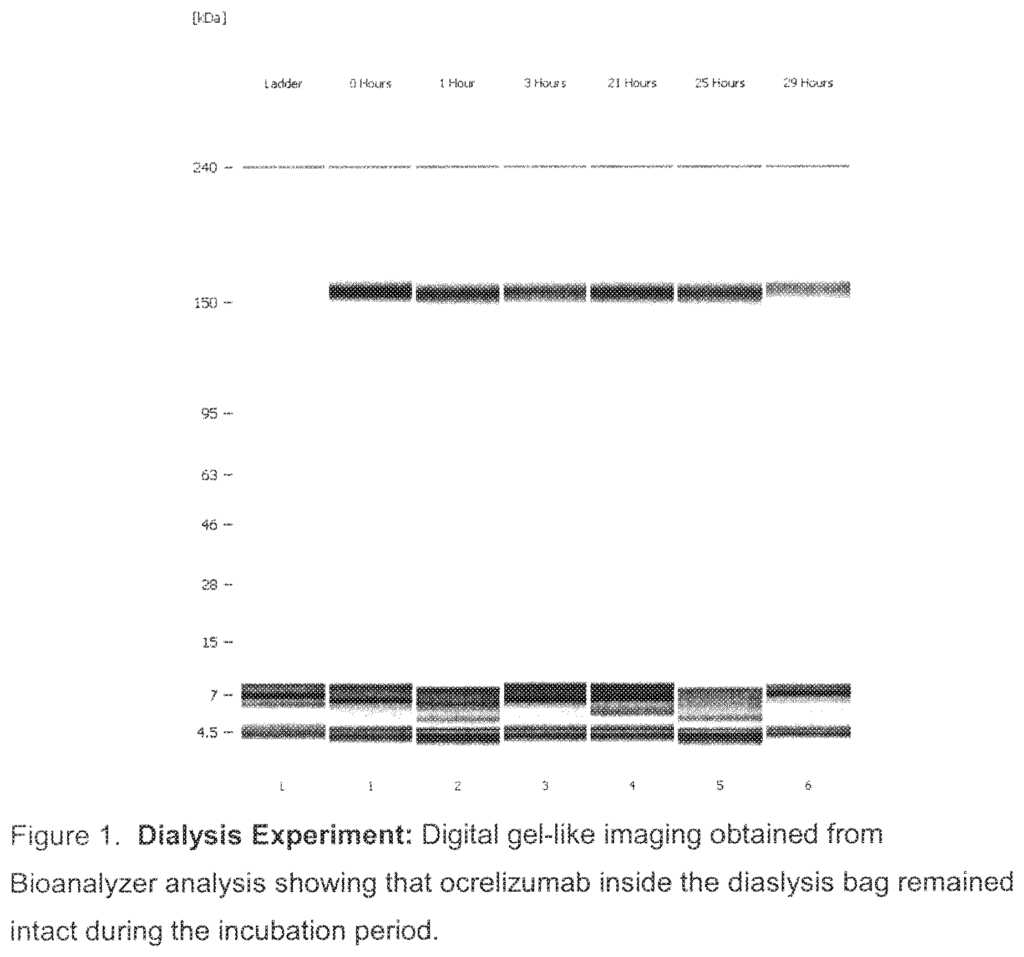
The Genentech Inc invention works as follows
The invention relates to methods that prevent the disulfide bond reduction during recombinant polypeptide production. The invention focuses on the prevention of disulfide bonds being reduced during the harvesting of polypeptides containing disulfide, such as antibodies, from recombinant cell cultures.
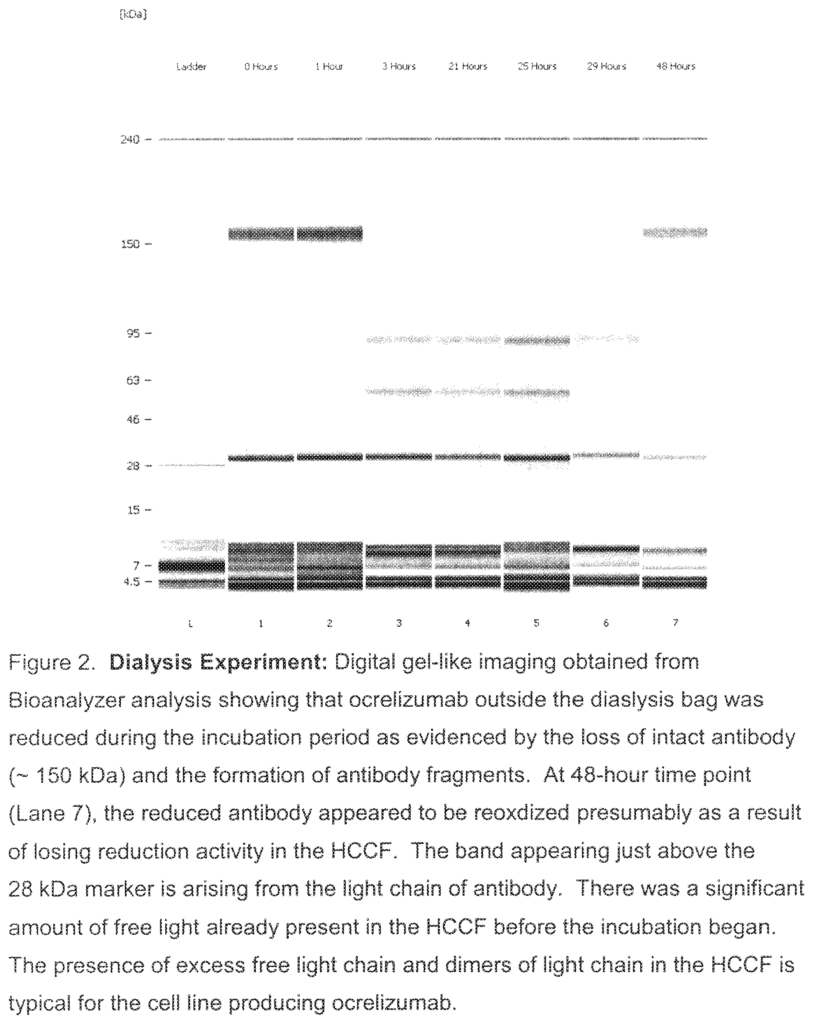
Background for Prevention and reduction of disulfide bonds during the recombinant polypeptide production
In the biotechnology sector, pharmaceutical applications need a variety proteins produced by recombinant-DNA techniques. Recombinant proteins can be produced in cell culture using either mammalian or bacterial cells. The cells are engineered to produce a protein of interest through the insertion of the recombinant nucleic acids encoding that protein. To remain biologically active, a protein’s conformation, including its tertiary structural, must be preserved during purification and separation, and its multiple functional groups protected from degradation.
Normally, in order to start the production cycle, we allow a few transformed recombinant hosts cells to grow for a couple of days (see, for example, FIG. 23 ). After the cells have been replicated several times, they are then transferred into a larger container to be fermented. The medium in which cells are grown, and the oxygen, nitrogen, and carbon dioxide levels that exist throughout the production cycle can have a major impact on the process. The growth parameters for each cell type are defined and measured regularly to ensure optimal conditions.
When the number of cells reaches a certain level, they are moved to larger production tanks where they can be grown for longer periods. The recombinant proteins can now be harvested at this stage of the process. The cells are usually engineered to secrete polypeptides into the cell culture medium, so the first stage in the purification is to separate them from the media. Harvesting is usually done by centrifugation, followed by filtration. This produces a Harvested Cultured Fluid (HCCF). The media are then purified by removing any unwanted elements, such as cellular debris or salts. The recombinant proteins are highly purified at the end of this process and suitable for therapeutic use in humans.
The production of recombinant protein is not without its difficulties, despite the fact that this process has undergone much research and improvement over the last several decades. It is important to preserve the disulfide bond during the production, recovery, and purification of polypeptides containing disulfide, such as multi-chain polypeptides containing inter-chain disulfide, like antibodies.
The present invention relates generally to a method of preventing the reduction of disulfide bonds in polypeptides expressed in a host cell recombinant, which comprises supplementing pre-harvest fluid or harvested culture liquid of the host cell recombinant with an inhibitor or thioredoxin like protein.
In one embodiment, thioredoxin is added to pre-harvest culture liquid.
In another embodiment, thioredoxin is added to harvested culture fluid.
In a further embodiment the thioredoxin inhibitor is a direct thioredoxin.
In all embodiments the thioredoxin inhibitor may be, for example an alkyl-2,imidazolyl diulfide or naphthoquinone, spiroketal, derivative.
In a further embodiment the thioredoxin inhibit is a specific thioredoxin reducetase inhibitor.
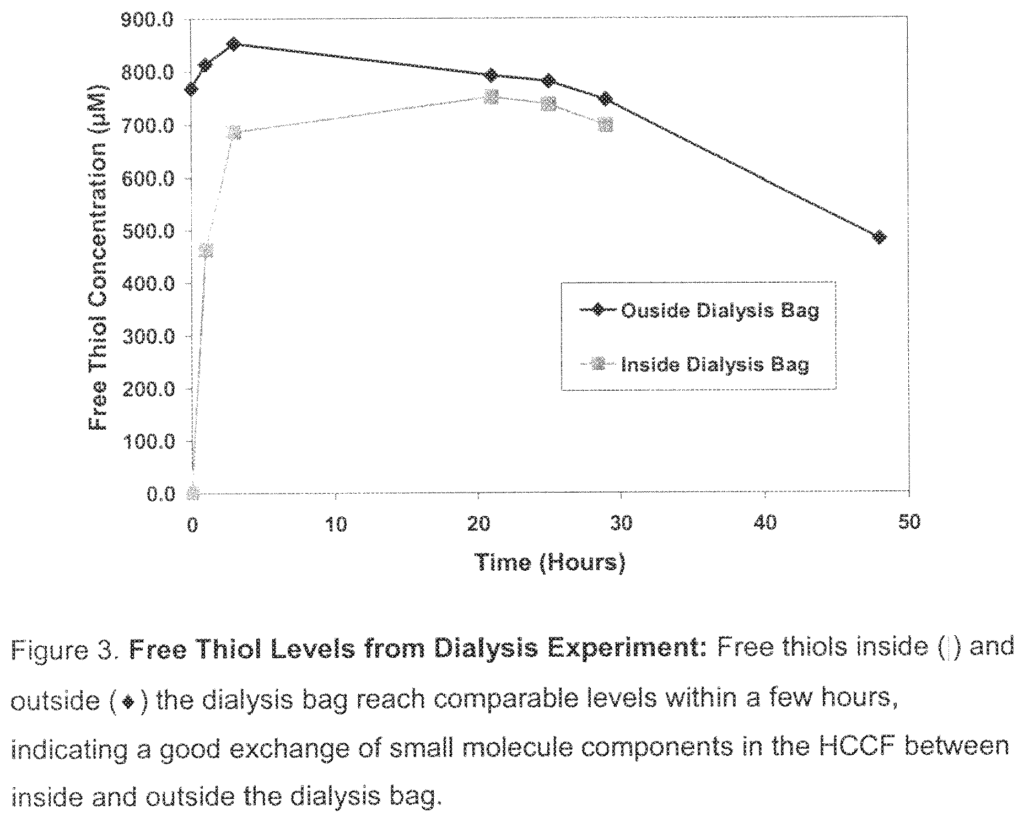
In yet another embodiment, the thioredoxin inhibitor is a gold compound, whereby the gold complex can, for example be aurothioglucose or aurothiomalate.” The effective inhibitory concentration can vary but is typically between 0.1 mM to 1 mM. The minimum inhibitory concentration also varies depending on polypeptides and other factors. It is usually reached when ATG or ATG is four times the thioreduxin in pre-harvest fluid or harvested culture liquid.
In another embodiment, the thioredoxin inhibitor is a metal. The metal ion may, without limitation be selected from a group including Hg2+, Cu2+, Zn2+, Co2+, and Mn2+. The effective inhibitory concentration is generally between 5 M and 100 M when the metal ion in cupric sulfate is added, or between 10 M and 80??M, or 15???M and 50???M. The minimum inhibitory cupric concentration also varies. However, it is typically reached when cupric is added in a concentration that is at least two times the thioredoxin content of pre-harvested or harvested culture liquid.
In different embodiment, the thioredoxin inhibitor is an oxidizing agent, e.g., an inhibitor of G6PD, such as, for example, pyridoxal 5?-phosphate, 1 fluoro-2,4 dinitrobenzene, dehydroepiandrosterone (DHEA) or epiandrosterone (EA); cystine or cysteine. The typical effective inhibitor concentrations for DHEA range between about 0.05 mM to about 5 mM or between about 0.01 mM to about 2.5 mM.
In a further embodiment the thioredoxin is inhibited by a chelator of metal ions such as ethylenediamine tetraacetic (EDTA). EDTA can be added at a concentration of between 5 mM to 60 mM or 10 mM to 50 mM or 20 mM to 40 mM.
In other preferred embodiments, the inhibitor of hexokinase activity is selected from the group consisting of sorbose-1-phosphate, polyphosphates, 6-deoxy-6-fluoroglucose, 2-C-hydroxy-methylglucose, xylose, and lyxose.
Other inhibitors include cystine and cysteine. They are usually added in a concentration that is at least 40 times the concentration of polypeptides in the culture fluid before harvest or after harvest.
In a further embodiment, a thioredoxin inhibitor is an antisense nucleotide or antibody that binds specifically to a thioredoxin reducetase.
In another embodiment, a thioredoxin inhibitor is a measure that indirectly results in the inhibition thioredoxin. This embodiment may include, for example air sparging of the harvested host cell culture fluid and/or lowering of pH.
In various embodiments indirect methods for inhibiting the thioredoxin, such air sparging or lowering the pH can be used in conjunction with direct thioredoxin inhibitions such as those listed.
In all embodiments the polypeptide can, for instance, be an antigen or a biologically-functional fragment of an antigen. Representative antibodies fragments include F(ab?)2, Fab, F(ab? “Antibody fragments include Fab, Fab?, F(ab?
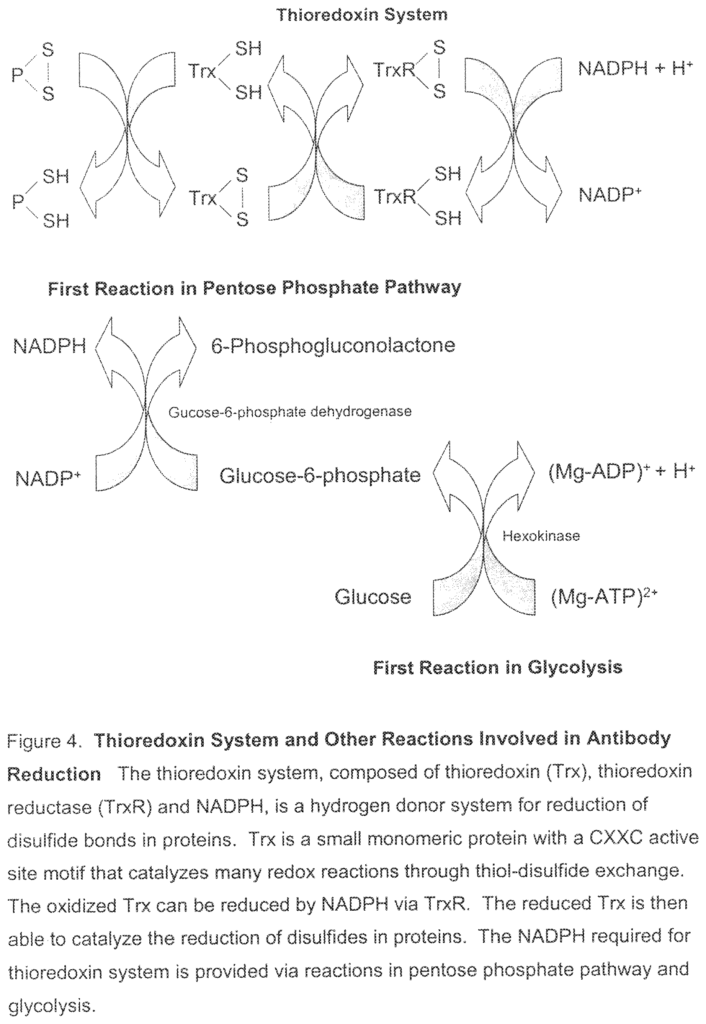
Click here to view the patent on Google Patents.
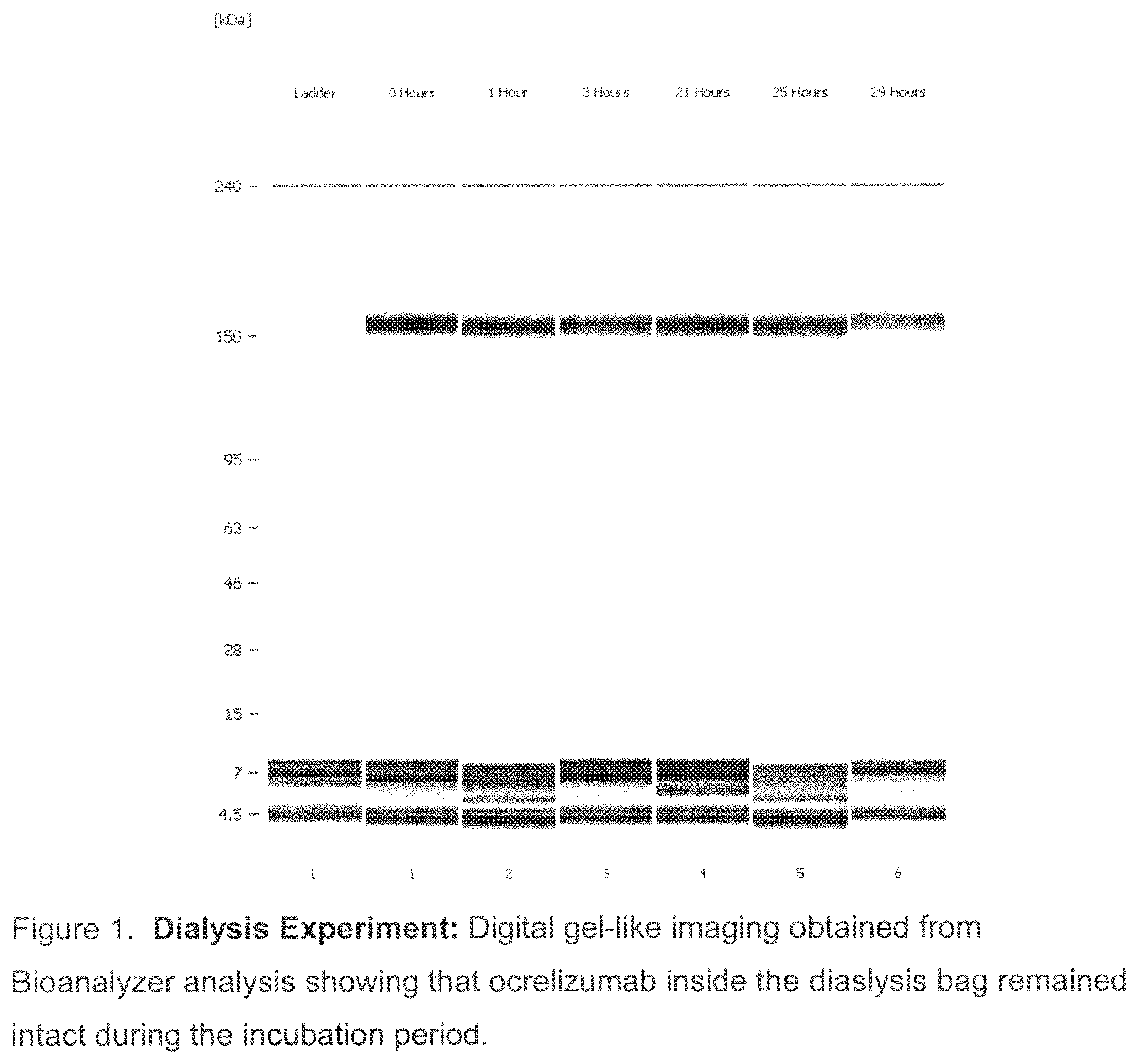
Leave a Reply